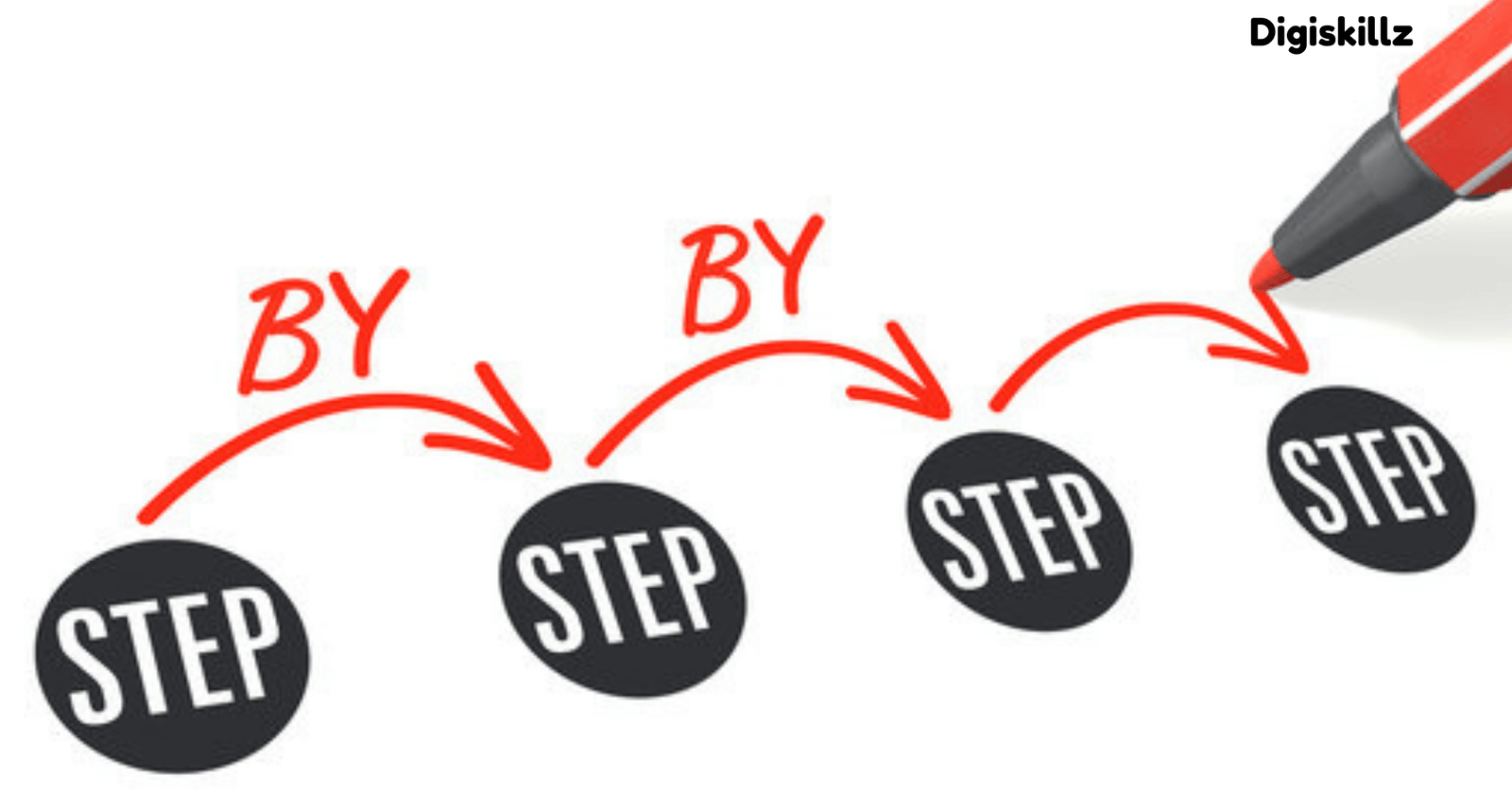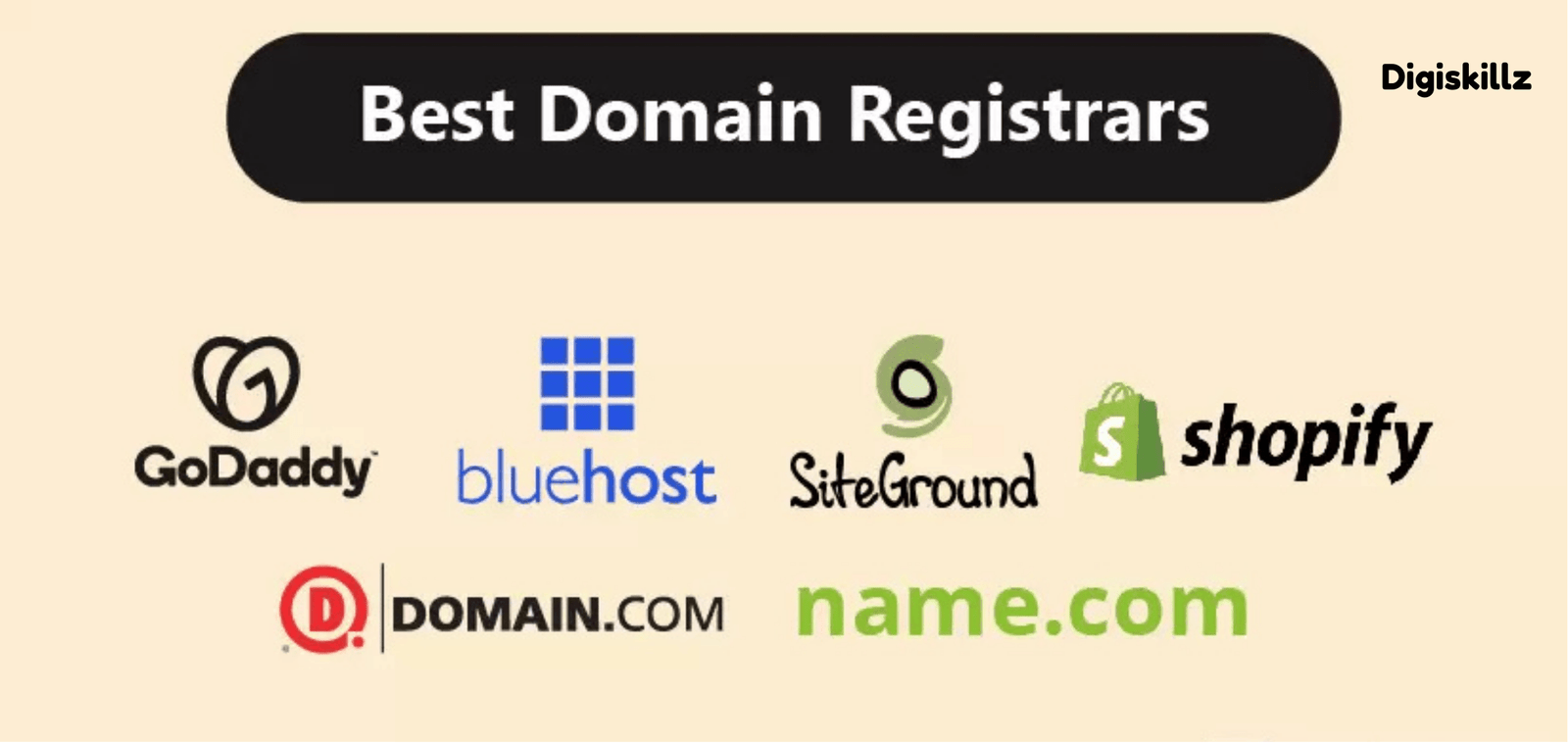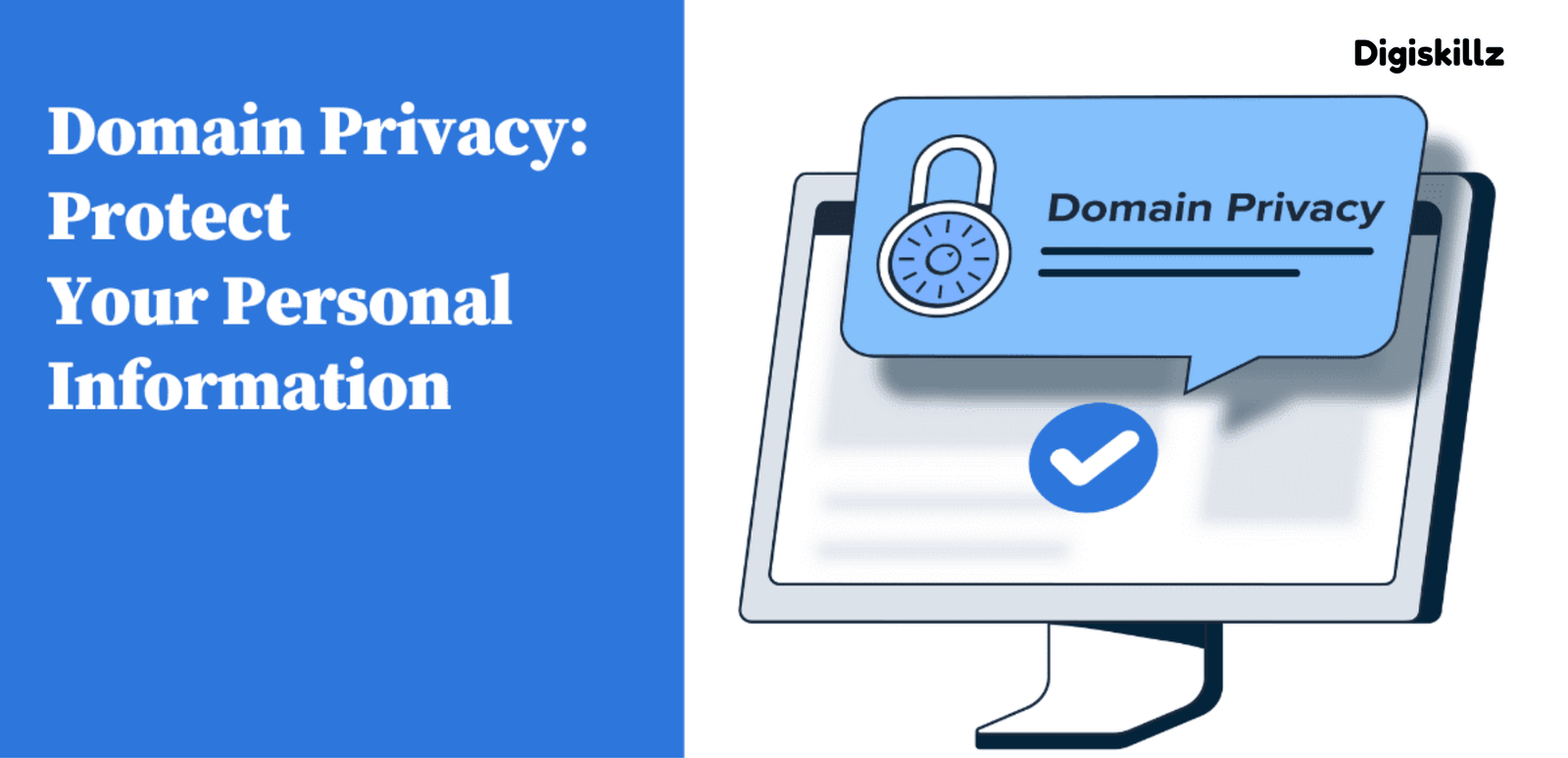In today’s digital age, owning a website is essential—whether you’re building a business, creating a personal brand, or launching a blog. The first step to getting online is learning how to purchase a domain, a critical component that gives your website its identity and accessibility. This guide walks you through the domain buying process in a clear, step-by-step manner.
Table of Contents
What Is a Domain Name?

Consider your domain name the signpost for your digital storefront. It’s the unique identifier that allows people to pinpoint your location in the vast online world, much like a street address for a physical business. For instance, typing in a specific domain like amazingproducts.net will take a user directly to that particular website. Since this name is often the first impression of your brand, it pays to choose one that sticks in people’s minds, clearly reflects what you do or offer, and stands out from the crowd. If you’re unsure where to begin, learning how to purchase a domain is a crucial first step in establishing your online presence.

Step 1: Choose the Right Domain Name

Before purchasing, brainstorm a name that reflects your brand, niche, or purpose. Keep it:
- Short and simple
- Easy to pronounce and spell
- Free of hyphens or numbers (unless necessary)
- Brandable and unique
Use tools like NameMesh, Lean Domain Search, or BustAName to generate ideas based on your keywords.
Step 2: Check Domain Availability

Once you’ve settled on a potential domain name, you can head over to a domain registrar – think of them as the keepers of internet addresses.
Popular registrars include:
To learn how to purchase a domain, simply type your chosen name into a domain registrar’s search tool to see if it’s available. If the exact name you want is already registered, don’t worry! You can explore other options, such as using different top-level domains (TLDs) like .net, .co, or .online, or by making small adjustments to your original idea.
Step 3: Choose a Domain Registrar

A domain registrar is a company that sells domain names and registers them with ICANN (the Internet Corporation for Assigned Names and Numbers). Some of the most trusted registrars are:
- Namecheap – known for affordability and ease of use
- Google Domains – offers simple integration with other Google services
- GoDaddy – one of the oldest and most popular
- Cloudflare – offers privacy-focused domain registration
Compare pricing, renewal fees, privacy protection, and customer support before making your decision.
Step 4: Register Your Domain

After selecting your domain and registrar:
- Add the domain to your cart
- Choose the registration period (1 year, 2 years, etc.)
- Decide if you want domain privacy protection (recommended)
- Create an account or log in
- Enter your billing information
- Complete the purchase
That’s it! You’ve learned how to purchase a domain successfully.
Step 5: Secure Domain Privacy Protection

Domain privacy hides your personal information (name, email, phone number) from the WHOIS database. Without it, your contact details are publicly accessible, which can lead to spam or scams. Most registrars offer privacy protection as a free or paid add-on.
Step 6: Connect Your Domain to Your Website

If you’re using a website builder like WordPress, Wix, or Squarespace, they’ll guide you through the connection process. Usually, this involves updating your domain’s DNS settings to point to your web hosting server.
Understanding Website Traffic:
A website’s traffic is the number of visitors over a period of time. As a crucial metric for online visibility and engagement, it’s driven by strategies like SEO, social media, email marketing, and paid advertising. Attracting high-quality traffic—users truly interested in your offerings—is vital for boosting conversions and business expansion. Tracking this traffic provides insights into effective strategies and areas for optimization.
Step 7: Renew Your Domain

Domain names need to be renewed regularly. Set up auto-renewal or mark your calendar to ensure you don’t lose your domain after the registration period ends.
Here is a negative points about domain
While domains are relatively cheap upfront, the cost can add up with renewal fees, privacy protection, and premium domains.
Some registrars raise prices significantly after the first year.
- Finding an unregistered popular or simple domain name is common.
- Possessing a domain already owned through a reseller can involve significant expense.
Final Thoughts(how to purchase a domain)

Buying a domain is a small investment that can make a big impact. Whether you’re launching a blog, an online store, or a personal site, this guide has shown you how to purchase a domain and get your project off to a professional start.
Make sure your domain reflects your brand and is registered through a trusted provider. Keep your login credentials safe and renew your domain on time to maintain ownership.
Now that you know how to purchase a domain, you’re one step closer to establishing your online presence.
Securing your web address in 2025 remains a fundamental and simple move for anyone establishing their online presence. Whether you’re starting a business, a blog, or a personal showcase, your domain name often shapes that crucial first encounter with your brand. Therefore, selecting a name that’s clear, pertinent, and easily recalled is key. Strive for a name that mirrors your objective, is simple to spell, and ideally incorporates keywords relevant to your area. Once you have some potential names, understanding how to purchase a domain becomes essential—visit a reputable domain registrar like Namecheap, GoDaddy, Google Domains, or Bluehost to verify availability and complete your registration.
Author:
Safar Ahammed KM: Freelance Digital Marketer in Manjeri
Learned from: Digiskillz Manjeri



Leave A Comment